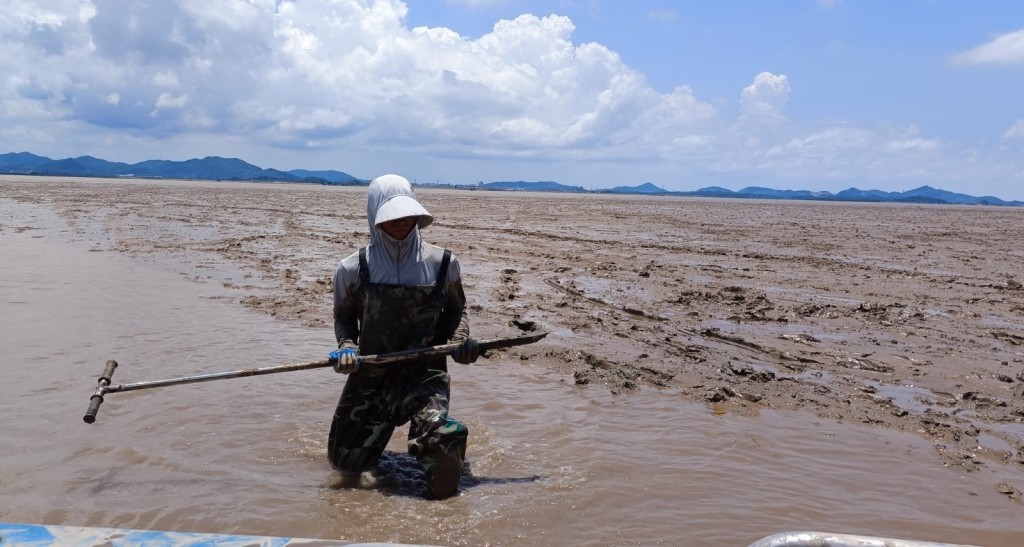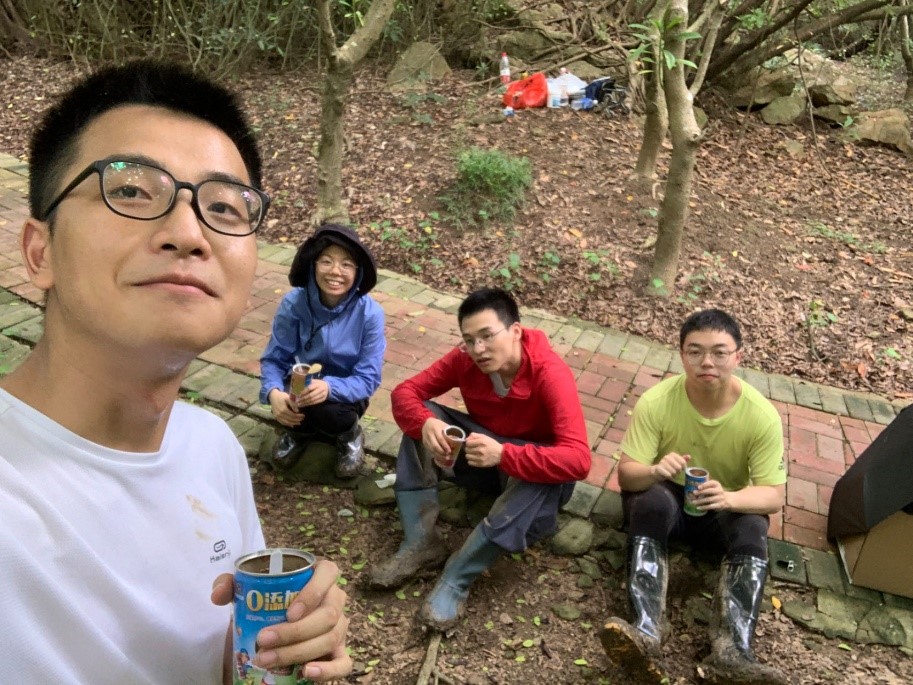In this post, Guoming Qin—a postdoc at the South China Botanical Garden, Chinese Academy of Sciences—share his recently published paper: “Contributions of Plant- and Microbial-Derived Residues to Mangrove Soil Carbon Stocks: Implications for Blue Carbon Sequestration”. He underscores the importance of this research in advancing our understanding of carbon accumulation in mangrove ecosystems, shares his initial experiences with mangrove sampling, and expresses gratitude to his mentor.
About the paper
The term blue carbon describes the carbon captured and stored in the soil of coastal wetlands. This process occurs through photosynthesis performed by various types of vegetation, including mangroves, salt marshes, and seagrass beds. Among these, mangroves are increasingly in the spotlight due to their impressive carbon sequestration capabilities and their potential in this area. Recent research has pointed to microbes and plant matter as key contributors to the soil’s organic carbon content. However, the extent of their contributions within mangrove ecosystems is still a topic of ongoing investigation. Gaining a deeper understanding of these components and how they contribute to organic carbon is vital. It sheds light on the vulnerability of mangrove carbon reserves to environmental shifts. This insight is especially critical for environmental scientists, ecologists, and policymakers who are actively engaged in the management and preservation of coastal ecosystems.

About the research
This project marked my first foray into mangrove soil sampling, and it was quite a challenge. Timing was everything. As you may know, mangroves are inhibited in intertidal zones, so we had to complete our sampling during low tide. If we didn’t, the high tide could have prevented us from getting back to shore. Additionally, moving through the mangrove forests was tricky due to the extremely soft soil; there was a constant risk of sinking into the sediment. But the challenges didn’t stop at sampling. We still had to process our samples and get our paper published. Fortunately, those difficulties are all in the past now. In summary, this article has come a long way to reach you, so we hope you enjoy it!


About the author
I’m currently serving as a postdoctoral researcher with the Coastal Ecosystem Processes and Environmental Health Group at the South China Botanical Garden, part of the Chinese Academy of Sciences. Working alongside Professor Faming Wang, my collaborator and mentor, has been a pivotal part of my scientific journey. In our discussions, he has always pushed me to explore research that I initially thought was out of reach. Our article is the product of that. Although our research group is newly established, it is highly dynamic and full of potential. We’re deeply engaged in studying the carbon cycling process in coastal wetlands. If this area sparks your interest, I encourage you to reach out to us. We’re always open to collaboration and eager to share our findings with you.

